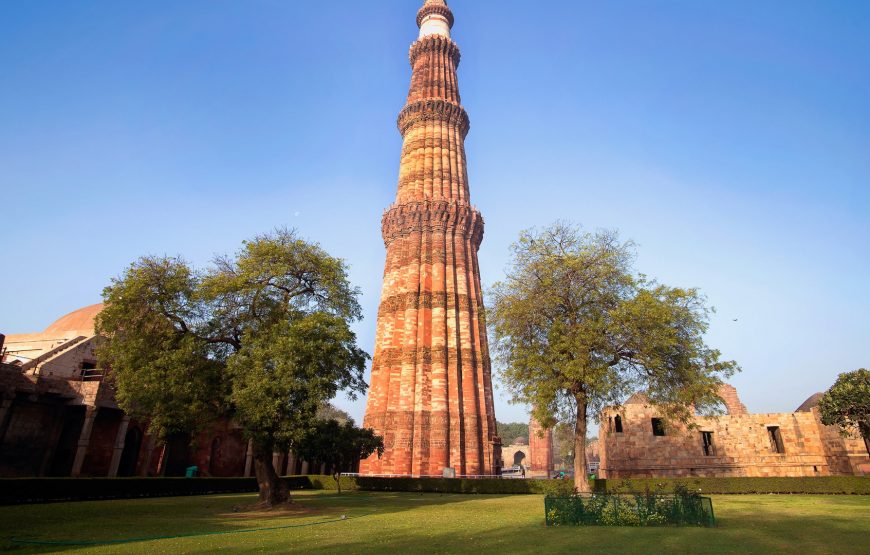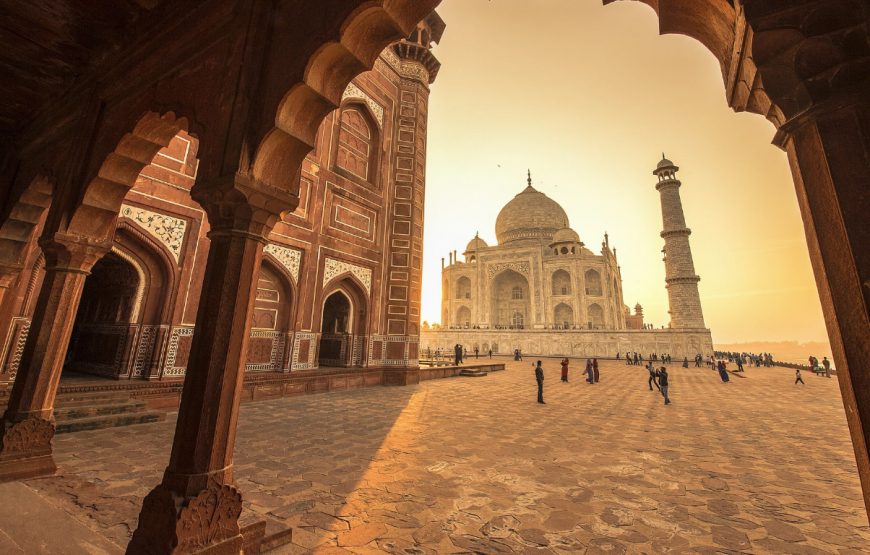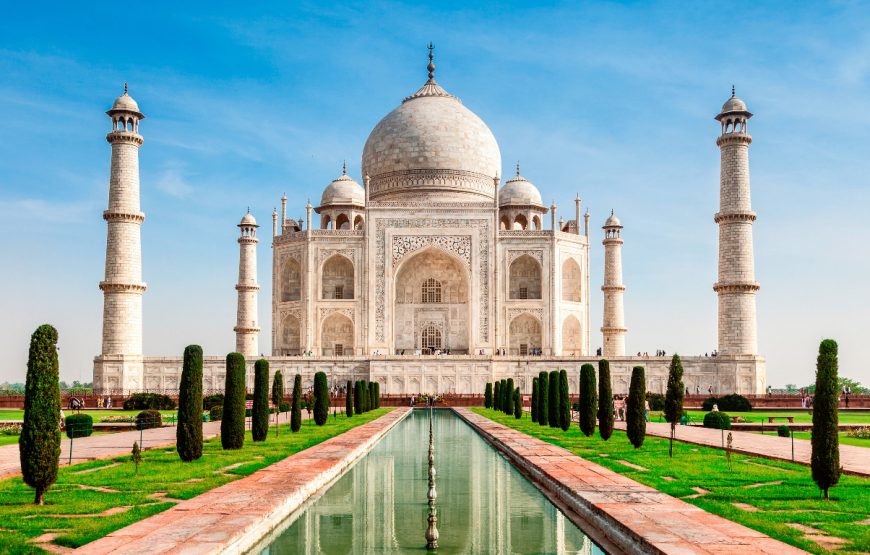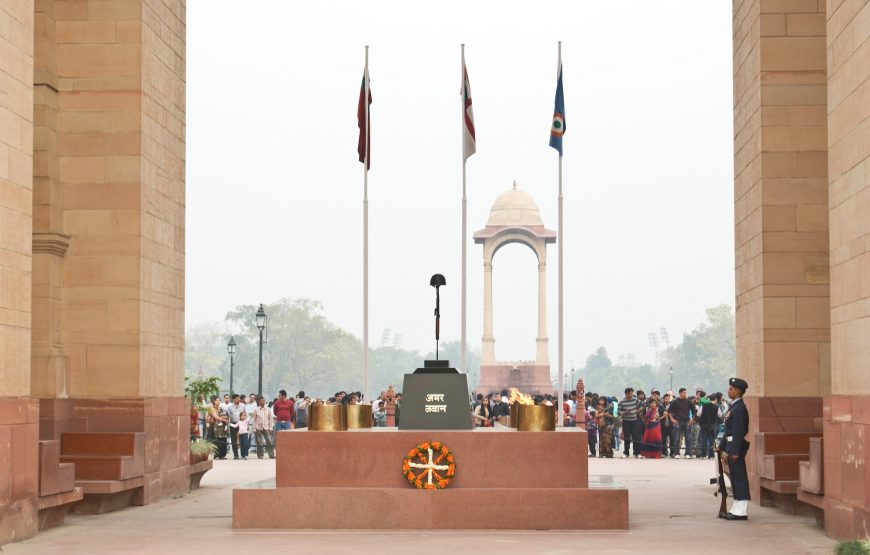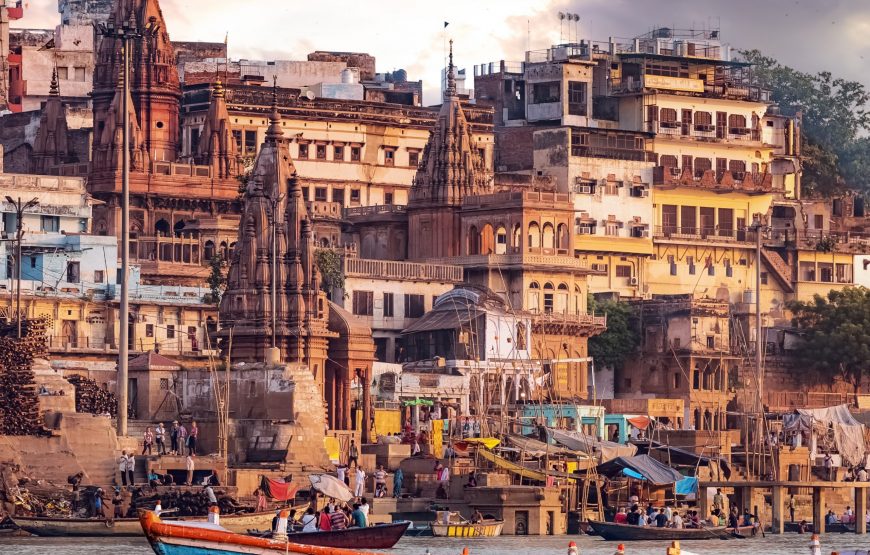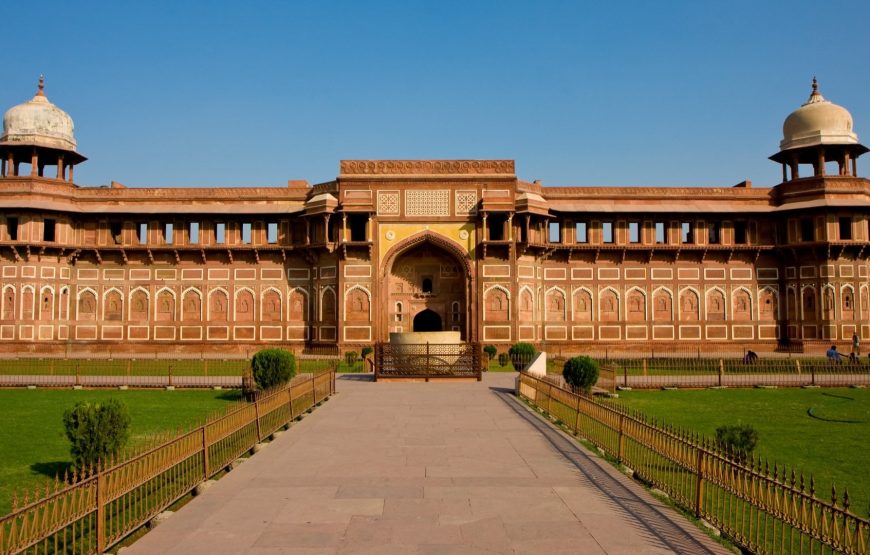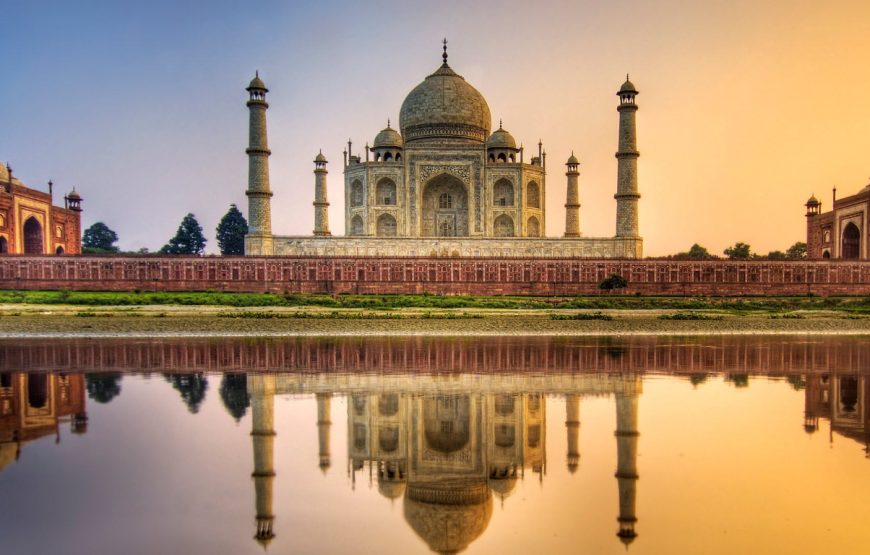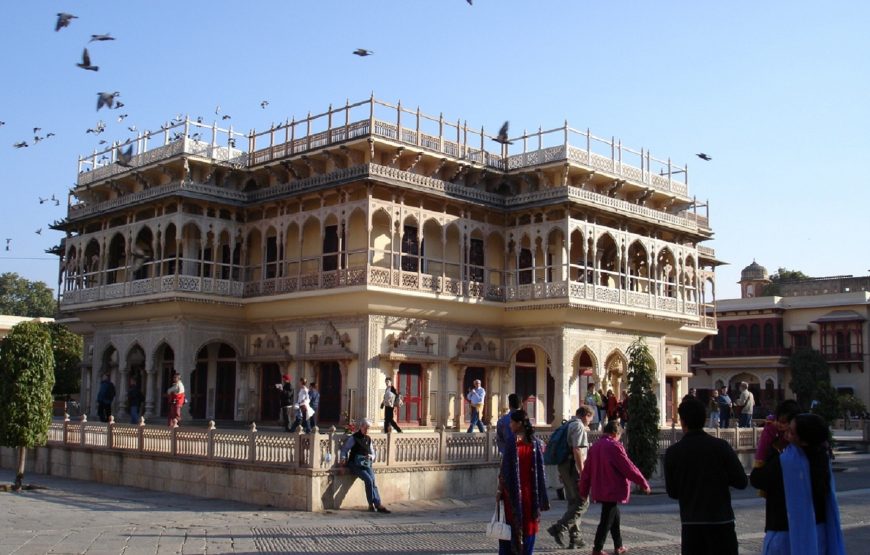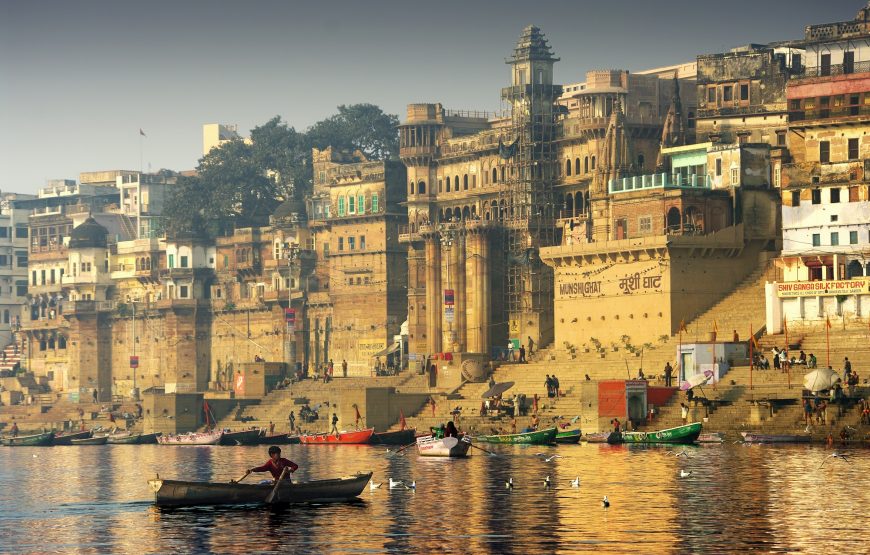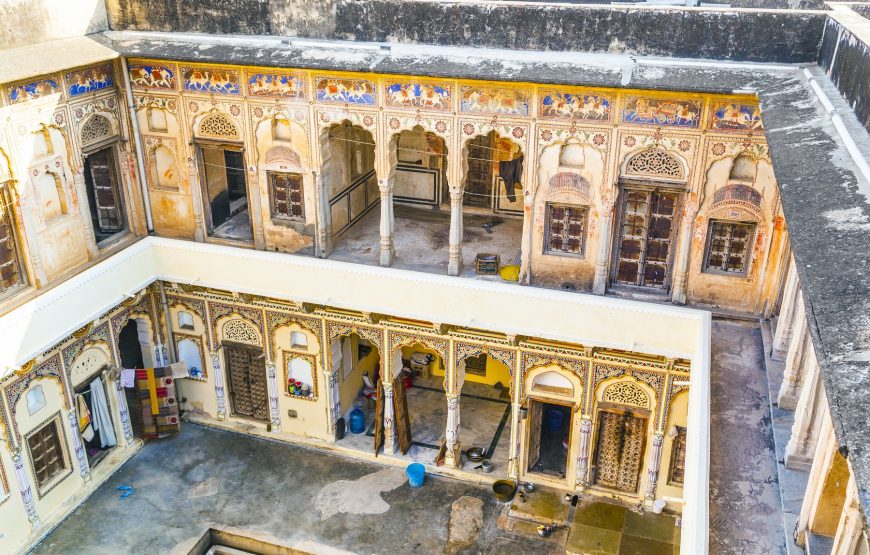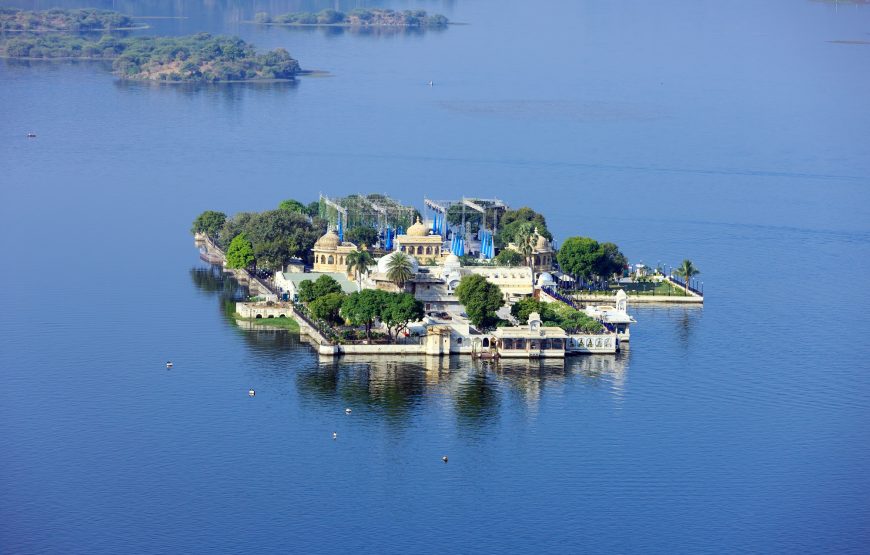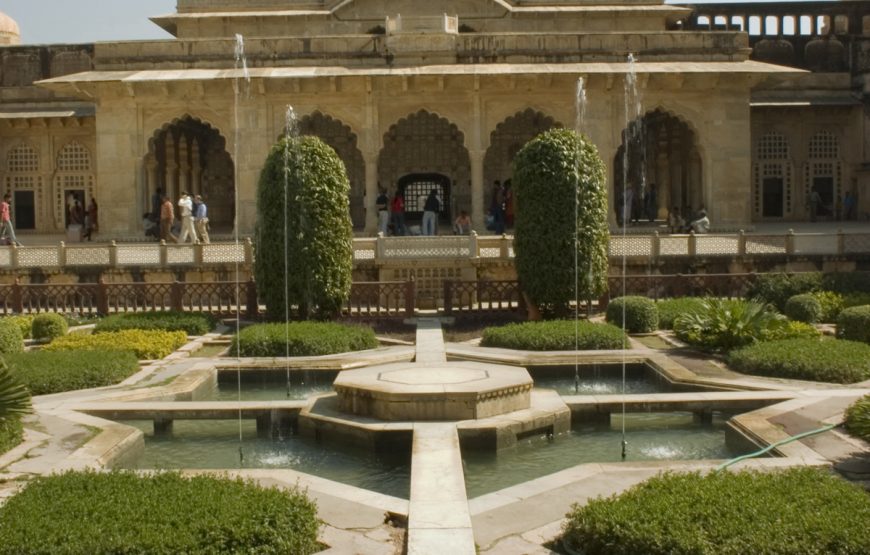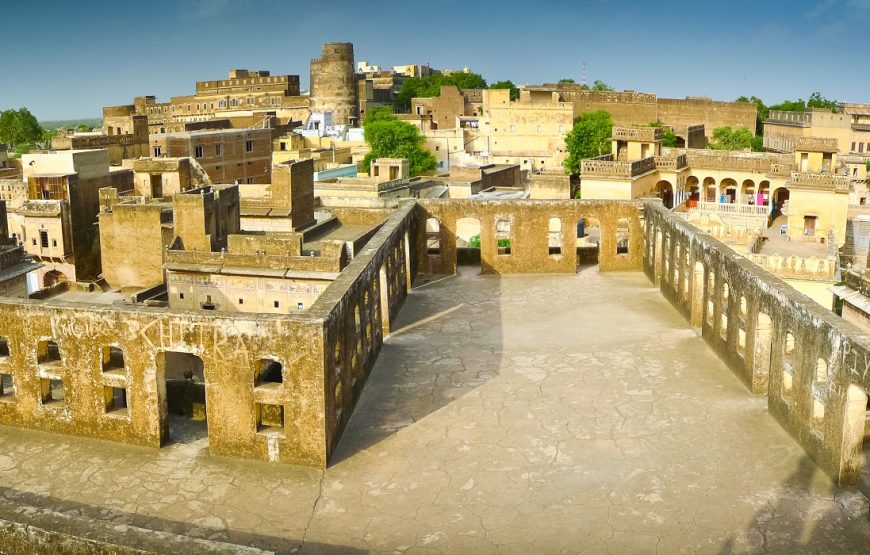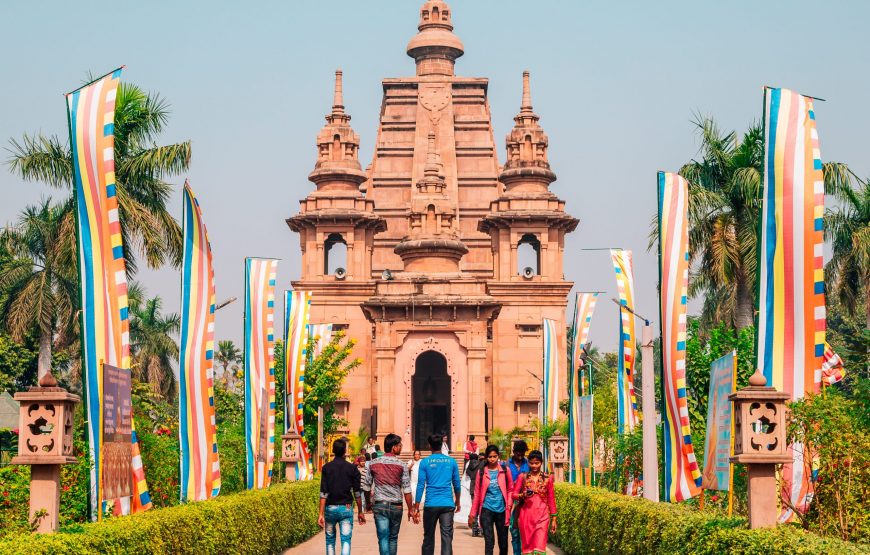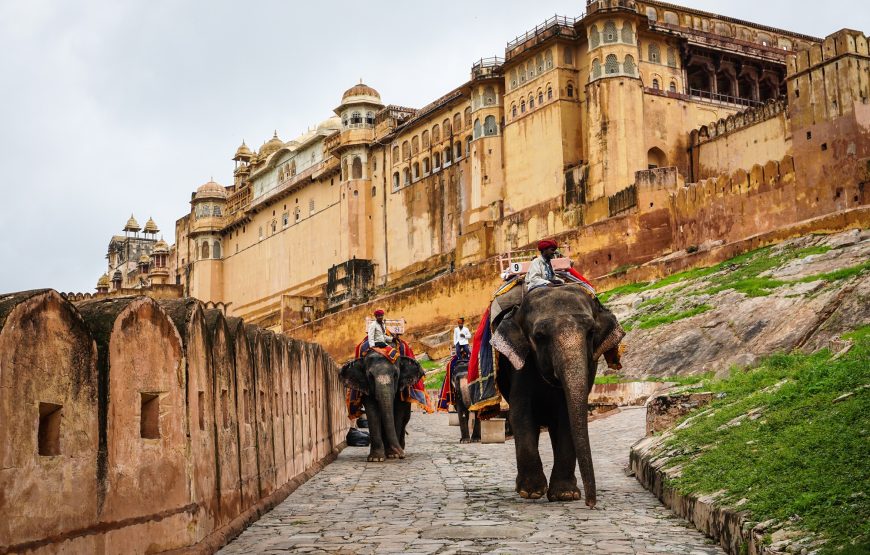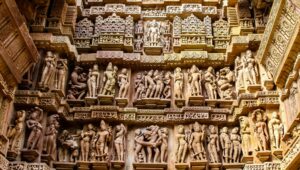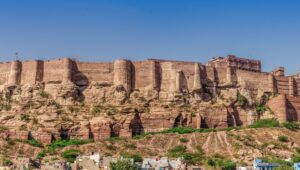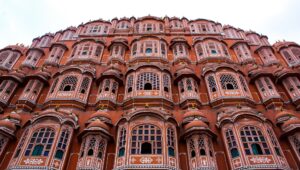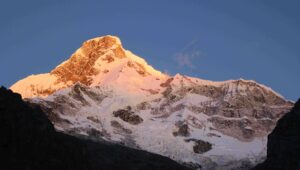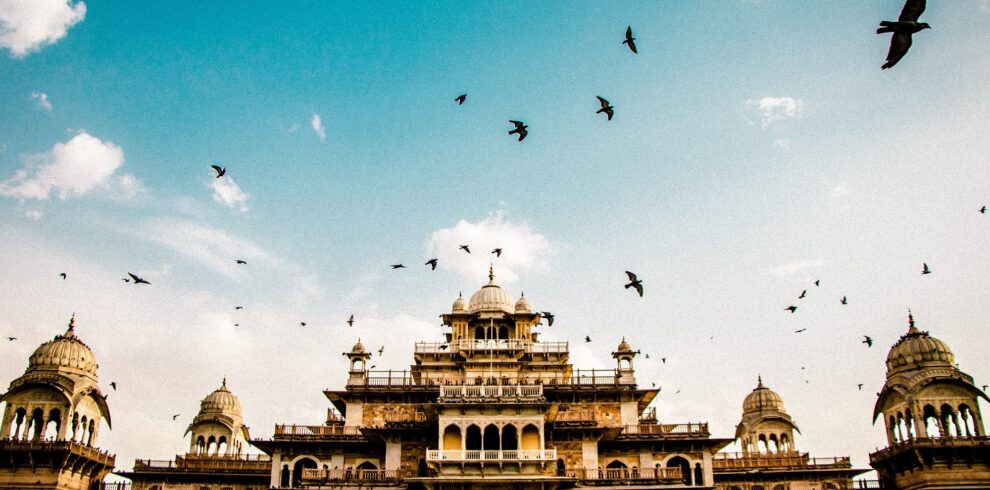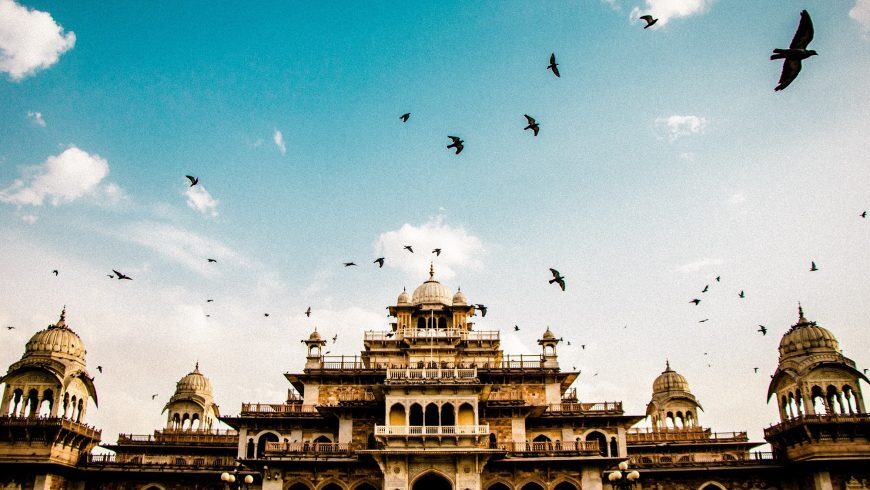Overview
Go on a 12-day tour and visit the most popular destinations in India – Delhi, Mandawa, Jaipur, Agra, and Varanasi. Discover the culture and history of India and see famous places like the Fatehpur Sikri, Chand Baroi, the Ganges River, Havelies, and the great Taj Mahal. Enjoy the evening in the ghats of the Ganges in Varanasi, and learn why the river is so sacred to the Hindu culture.
Itinerary
Arrive in Delhi, and transfer to the hotel.
Relax and enjoy personal activities.
Visit Murmuria Haveli, a haveli that is known for all its paintings of all the famous leaders of the ancient era. In the haveli, witness the painting of Jawaharlal Nehru sitting on a horse and carrying the tricolour. The murmuria haveli is been designed in the traditional way of Rajasthan and is a breathtaking building due to the architecture in Rajasthan.
Go to the Mandawa Market, one of the smallest town of northern Rajasthan, located in the Shekhawati region and is generally a Fort town. Established in the 17th and 18th century this is a place that is even today popular for shooting movies, so don’t be surprised when you get to see some actors and actresses during your visit in this town
In the evening, visit Mandawa market.
Over-night stay at Mandawa Hotel.
Visit the Harlalka Well, just a few steps away from the haveli of Murmuria.
See The Hanuman Prasad Goenka Haveli, generally believed that the Goenka family owns this and many other Havelis in and around Mandawa.
Go to Gulab Rai Ladia Haveli. This haveli is considered to be the most palatial mansions of Mandawa. This haveli is considered to be an exceptional piece of art and architecture for all its exotic imagery. Even today the haveli is known for holding its charm and vintage.
Move to Bansidhar Newatia Haveli, a place that is best known for the attractive and colourful paintings. This haveli is among those famous tourist attractions that hold great historical importance, alluring thousands of history buffs and tourist in this place. This haveli is located in the Shekhawati region, and in the small town of Mandawa that even today successfully boats many designed haveli and forts. It is these forts and haveli that are contributing to the major part of Rajasthan tourism today.
Over night stay at Mandawa Hotel.
Visit Amber Fort, situated on the top of the hill. Amber Fort is located in Amer. It was built by Raja Man Singh I. It is known for its artistic elements. The Maota Lake located in front of the monument acts as a source of water for the fort.
Head to Chokhi Dhani.
Over Night Stay at Jaipur Hotel.
Head to City Palace, and spend one-hour exploring Maharaja’s City Palace. City Palace of Jaipur was originally the administrative and ceremonial seat of Maharaja of Jaipur which was constructed in 1721. It was also the location of religious and cultural events that took place at that time. It now houses the Maharaja Sawai Man Singh II Museum, and continues to be the home of the Jaipur royal family.
Visit Jantar Mantar, a UNESCO World Heritage site built in 1734. It is a collection of nineteen architectural astronomical instruments built by the Rajput king Sawai Jai Singh II, the founder of Jaipur. The instruments allow the observation of astronomical positions with the naked eye.
Go to Jal Mahal, a small palace is set in the middle of Man Sagar Lake. Renovation around the lake is in progress.
See Hawa Mahal, famously known as "The Palace of Winds" or "The Palace of Breeze". Built from red and pink sandstone, the palace sits on the edge of the City Palace, Jaipur, and extends to the Zenana, or women's chambers.
Over night stay in Jaipur Hotel.
Visit Chand Baori, built during the 8th and 9th centuries and has 3,500 narrow steps arranged in perfect symmetry, which descend 20m to the bottom of the well.
Head to Fatehpur Sikri, a small city in northern India, just west of Agra, founded by a 16th-century Mughal emperor. Red sandstone buildings cluster at their center. Buland Darwaza gate is the entrance to Jama Masjid mosque. Nearby is the marble Tomb of Salim Chishti. Diwan-E-Khas hall has a carved central pillar. Jodha Bais Palace is a mix of Hindu and Mughal styles.
In the evening, visit the old Agra Market.
Overnight stay in Agra Hotel.
Visit the Taj Mahal, an ivory-white marble mausoleum on the southern bank of the river Yamuna in the Indian city of Agra. It was commissioned in 1632 by the Mughal emperor Shah Jahan to house the tomb of his favorite wife, Mumtaz Mahal; it also houses the tomb of Shah Jahan himself.
Head to Agra Fort, a historical fort in the city of Agra in India. It was the main residence of the emperors of the Mughal Dynasty until 1638 when the capital was shifted from Agra to Delhi. Before capture by the British, the last Indian rulers to have occupied it were the Marathas.
Drop off at Agra Railway Station.
Overnight train for Varanasi.
Drive 14 kilometers from the city center to Ramnagar Fort. The 18th-century sandstone fort and palace is no longer used as a defensive structure but instead houses a quirky museum brimming with vintage automobiles, elaborate hookahs, antique weapons, sedan chairs decked out in jewels, and a one-of-a-kind astronomical clock that's more than 150 years old.
See Dhamek Stupa, situated 12 kilometers away in the village of Sarnath. Here, find the Dhamek Stupa, a massive stone and brick structure that's 43.6 meters tall and 28 meters in diameter. The stupa was built more than 1,500 years ago as a replacement for a structure that dated back to 249 BCE.
Go to Dasaswamedh Ghat, and experience the lively atmosphere of the Dasaswamedh Ghat.
Overnight say at Varanasi Hotel.
Visit Shri Kashi Vishwanath Temple, the impressive structure, dedicated to the Hindu deity Shiva, has earned the nickname "The Golden Temple" for its striking spire — plated in some 800 kilograms of pure gold. The distinctive design of this temple has gone on to inspire the architecture of hundreds of other temples across India
Head to Manikarnika Ghat, and see the perpetual cremations that happen on this ghat. Hindus believe that Manikarnika Ghat is one of the most auspicious places for the departed to reach moksha (emancipation from the cycle of spiritual rebirth). The funeral pyre at this ghat burns 24/7, and around 100 cremations take place every day.
Go to Banaras Hindu University, it has been a central part of Varanasi's identity since its inception in 1916. The well-respected public university is home to more than 25,000 students, making it one of Asia's largest residential universities.
See Assi Ghat, the city's southernmost main ghat. Assi Ghat's star attraction is a Shiva lingam (phallic representation of the Hindu deity) beneath a sacred fig tree. It draws hundreds of pilgrims every day, who come to worship Lord Shiva after rinsing in the Ganges River.
Watch the famous Ganga Aarti. Consider waking up early and taking a sunrise cruise along the river — negotiate with one of the countless boatmen hanging out along the ghats.
Overnight stay in Varanasi hotel.
Pick up from Delhi Airport and start a Delhi sightseeing tour.
See one of the largest mosques in the country, Jama Masjid. It is made up of red sandstone and marble. It was constructed by Shah Jahan and is visited by hundreds of people every day. The courtyard of the mosque can accommodate about 25,000 people and be built for about one million Indian Rupees.
Head to Humayun's tomb, the tomb of the Mughal Emperor Humayun in Delhi, India. The tomb was commissioned by Humayun's first wife and chief consort, Empress Bega Begum, in 1558, and designed by Mirak Mirza Ghiyas and his son, Sayyid Muhammad, Persian architects were chosen by her.
Go to the Raj Ghat, a memorial dedicated to Mahatama Gandi, Raj Ghat is situated in Delhi. It is a black marble open to the sky and a flame that is eternal burns at one end. It is a great place o learn more about the history of the country.
Over-night stay at Delhi Hotel.
Visit Red Fort - Shah Jahan constructed Red Fort in 1939. It was the main residence of the Mughal Dynasty and is located in the city center. It is made from red sandstone and that is where it gets its name from. It became a UNESCO World Heritage Site in 2007.
Head to Qutub Minar, a five-story tapering tower with a height of 73 meters. The spiral staircase in this minaret has 379 staircases. It is a UNESCO World Heritage Site and visited by many every day.
Go to Lotus Temple, which is famous for its flower-like shape, Lotus Temple is a house to worship and open to all. Winning numerous awards, this place is a prominent attraction for all.
Visit the Connaught Place, a frenetic business and financial hub, centered on a ring of colonnaded Georgian-style buildings with global chain stores, vintage cinemas, bars and Indian restaurants. Stalls at Janpath Market sell saris, embroidered bags, and trinkets. The peaceful Sikh temple Gurdwara Bangla Sahib is known for its reflecting pool, and Jantar Mantar is a 1700s observatory with huge astronomical.
Go to Chandni Chowk, and take a Cycle Rickshaw ride in Chandni chowk & Khari Baoli Spice Market a busy shopping area with markets full of spices, dried fruit, silver jewelry and vivid saris, while the narrow side streets are crowded with tiny shops selling essential oils, stationery and traditional Indian sweets.
In the evening, drop off at Delhi Airport or Delhi Railway Station, or any desired location in Delhi.
Include
- Breakfast
- Private Air Condition Transport
- Toll Tax, Parking, Fuel etc.
- Sight Seen
- Pick up & Drop
- Hotel Accommodation
- Agra to Varanasi Train Ticket
Excludes
- Lunch/Dinner
- Any type of monuments charges
- Any type of drinks
- Any types of personal expenses
- Varanasi to Delhi flight ticket is not included.
